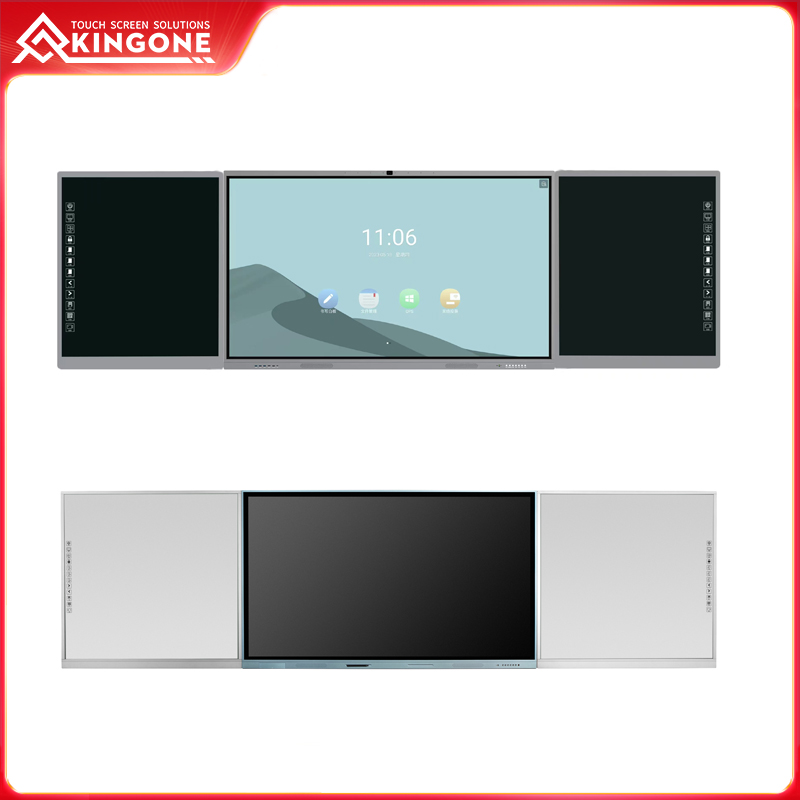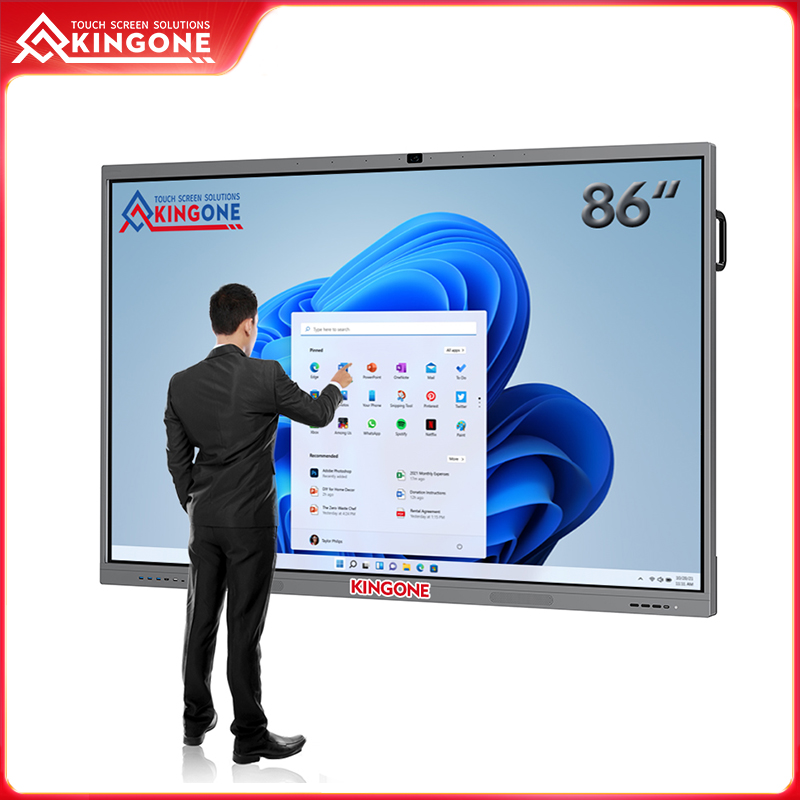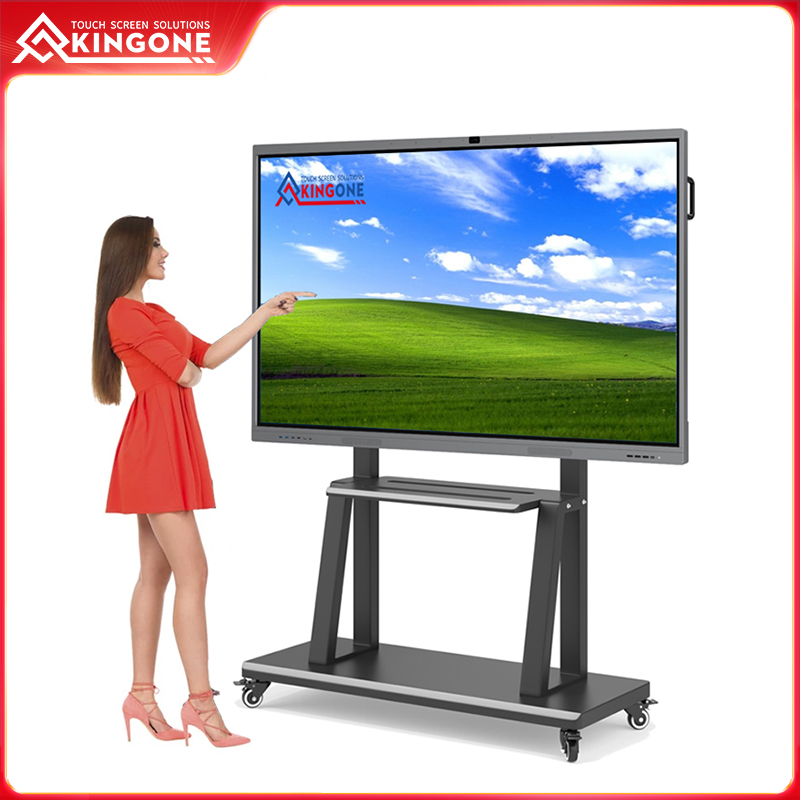How does the touch and pen input functionality work on a smart interactive board?
Published:
2023-07-18 14:32:38
Smart interactive boards leverage touch and pen input functionality through various sensing technologies such as capacitive touch and digitizer layers.
Touch and pen input functionality on smart interactive boards allows users to interact directly with the board's surface using their fingers or a stylus. These boards are equipped with special sensors that detect touch and pen input, enabling users to write, draw, annotate, and manipulate digital content effortlessly. Let's delve deeper into how this functionality works:
1. Touch Sensing Technology
Smart interactive boards employ various touch sensing technologies such as resistive, capacitive, or infrared to detect touch input. One commonly used technology is capacitive touch, which utilizes a grid of microcapacitors to sense changes in electrical charge when touched. Infrared touch technology, on the other hand, uses an array of infrared sensors around the board's edges to detect touch points.
2. Pen Input Detection
In addition to touch input, smart interactive boards also support pen input. These boards are equipped with special digitizer layers that detect the pen's movement and pressure. The digitizer relies on electromagnetic or capacitive technology to accurately capture the pen's position and pressure, allowing for precise writing and drawing. Some boards even offer multi-pen support, enabling multiple users to write simultaneously.
3. Gesture Recognition and Palm Rejection
Smart interactive boards are designed to understand various touch gestures, such as swiping, zooming, and rotating, to enable intuitive interactions. Advanced software algorithms analyze the touch input to recognize specific gestures and perform corresponding actions. Moreover, these boards incorporate palm rejection technology to differentiate between intentional input from fingers or stylus and accidental touch from the palm, ensuring a seamless user experience.
4. Integration with Operating Systems and Software
Smart interactive boards are typically compatible with different operating systems and software applications. They integrate with the underlying operating system to provide native touch and pen input support. Additionally, software applications specifically designed for interactive boards offer a wide range of features like handwriting recognition, shape recognition, and collaborative tools, enhancing the overall user experience and productivity.
5. Calibration and Fine-Tuning
To ensure accurate touch and pen input, smart interactive boards often require calibration during the initial setup. Calibration involves the alignment of touch and pen inputs with the display to guarantee precise tracking. Additionally, boards offer fine-tuning options to adjust sensitivity and responsiveness according to user preferences, allowing for a tailored experience.
In Summary:
Smart interactive boards leverage touch and pen input functionality through various sensing technologies such as capacitive touch and digitizer layers. They integrate with operating systems and software applications to offer a seamless user experience with advanced features. With gesture recognition, palm rejection, calibration, and fine-tuning options, these boards provide a rich interactive experience for both education and business environments.
 English
English







